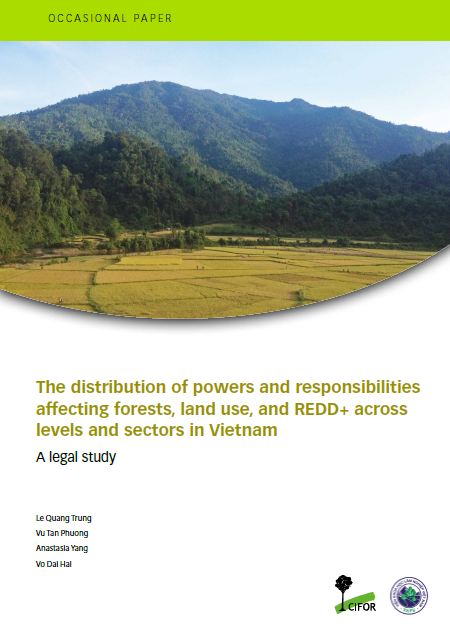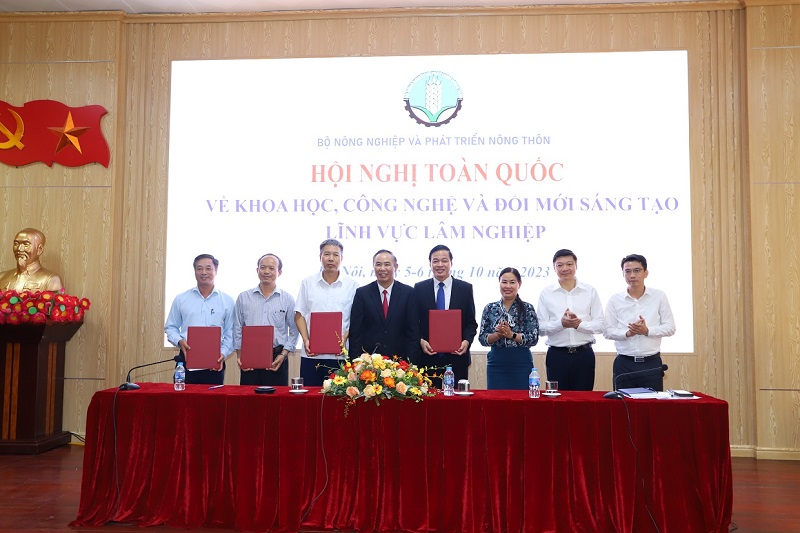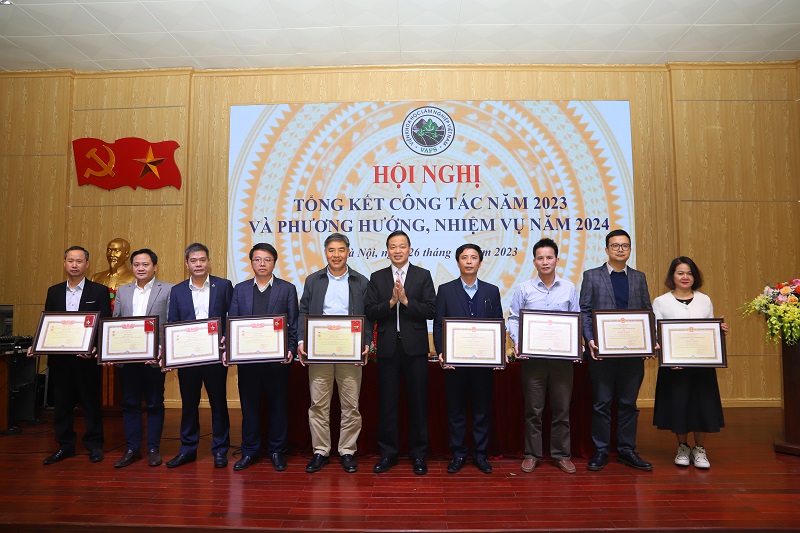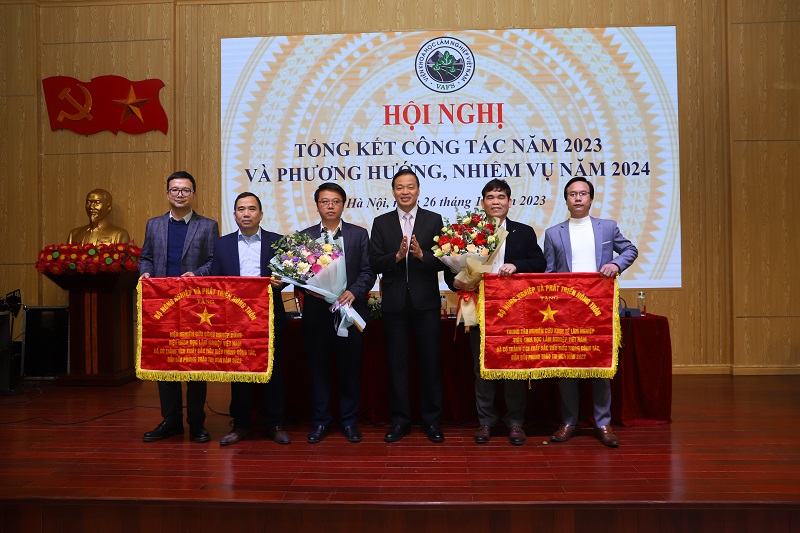Introduction
This report was commissioned under CIFOR’s Global Comparative Study on REDD+, as part of a research module on multilevel governance and carbon management at the landscape scale. Its purpose is to describe the distribution of powers and responsibilities related to land use, forests, and ecosystem services and, by extension, to REDD+ among the different levels and sectors of the Vietnamese government. To that end it reviews laws dealing explicitly with different sectors that affect land use and decentralization. It is intended as a reference for researchers and policy makers working on land-use issues in Vietnam, and is therefore largely descriptive. The first section describes the structure of Vietnam’s government. It discusses the recent legal history of decentralization, distinguishing powers held exclusively by one level of government and those shared among multiple levels. The paper then describes the decentralization process in more detail with regard to land allocation and landuse planning. The second section of this review outlines the mandates and powers of each government level in terms of managing land and forests. The third describes the budget for the management of forest resources and forest land, including details on budget sources and allocations for forests and forest research. This section also describes the taxes and fees related to land and forest resources and concludes with a discussion of payment for forest environmental services (PFES) as a key national policy mechanism for forest protection in Vietnam.
The fourth section provides a description of the multilevel government roles in land-use decision and policy arenas, including land-use planning; forest protection and development plans; the determination of land-use and forest-use purposes; forest classification; land ownership; the allocation of agricultural and forest land; the transfer of forest land; the establishment of natural conservation areas; the right to carbon/emission credits; and illegal land-use activities. Finally, the report concludes with a summary of policy and legal changes, government power shifts and forest change in Vietnam.
Tác giả: Le Quang Trung, Vu Tan Phuong, Anastasia Yang, Vo Dai Hai.
Xem toàn văn: OP-137.pdf-1228549244
Tin mới nhất
- Kỷ yếu "Hội nghị Khoa học, Công nghệ và Đổi mới sáng tạo lĩnh vực Lâm nghiệp" 2023
- Kỷ yếu Hội thảo khoa học “Nghiên cứu khoa học và chuyển giao công nghệ Lâm nghiệp: Thành tựu và định hướng phát triển”
- Cơ hội và thách thức đối với quản lý rừng ngập mặn tại Việt Nam: Bài học từ các tỉnh Thanh Hoá, Thái Bình và Quảng Ninh
- Thực trạng và giải pháp phát triển mô hình liên kết theo chuỗi giá trị gỗ rừng trồng
- Át lát cấu tạo, tính chất gỗ và tre Việt Nam Tập 2
Các tin khác
- HƯỚNG DẪN KỸ THUẬT TÍCH HỢP BIẾN ĐỔI KHÍ HẬU VÀO CHIẾN LƯỢC, CHÍNH SÁCH VÀ QUI HOẠCH PHÁT TRIỂN NGÀNH TRỒNG TRỌT
- KỸ THUẬT GÂY TRỒNG MỘT SỐ LOÀI CÂY THÂN GỖ
- CÂY TRINH NỮ THÂN GỖ (MAI DƯƠNG) Ở VIỆT NAM VÀ BIỆN PHÁP PHÒNG TRỪ
- GIỚI THIỆU MỘT SỐ GIỐNG CÂY TRỒNG LÂM NGHIỆP ĐƯỢC CÔNG NHẬN LÀ GIỐNG QUỐC GIA VÀ GIỐNG TIẾN BỘ KỸ THUẬT
- Kỹ thuật trồng 10 loài cây lâm sản ngoài gỗ làm gia vị












































